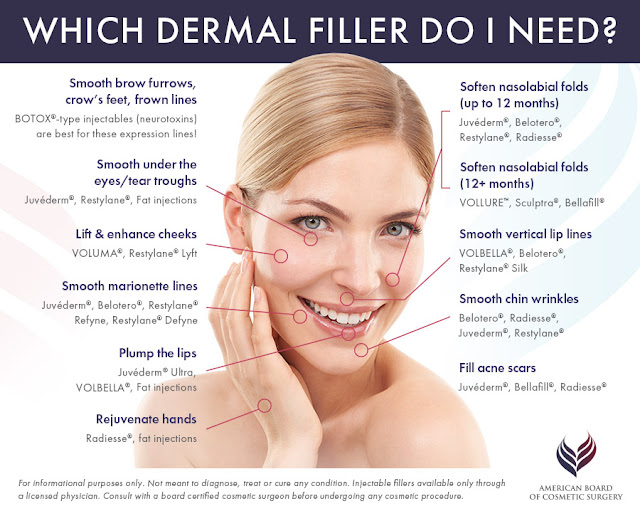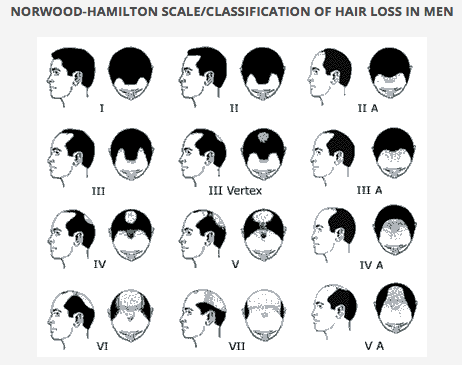16 Common Harmful Ingredients in Your Shampoo and Conditioner That You Should Avoid!
How do you decide which shampoo and conditioner to purchase for yourself? Does a brand's ad help you make the decision, is it the reviews you read online, or do you go by the ingredients list? Yes, it is a good idea to inculcate the habit of reading the labelling of hair care products. At least, it is safer than blindly going by ads or reviews.
But, why are we saying this? Because, most commercial shampoos and conditioners are formulated with a large chunk of harmful chemicals! And no, their toxicity levels are not just limited to hair health. It means they can cause life-threatening dangers!
We’ve made a list of common and not-so-nice shampoo and conditioner ingredients to watch out for — and why. What are the main ingredients to skip? Read on to find out.
1. Sulfates
They can cause an allergic reaction on your scalp and may even cause frizzy hair. Besides, they can be hormone disruptors when used for prolonged periods. Sulfates are also harmful for the environment and aquatic species.
2. Parabens
To increase the shelf life of hair care products, manufacturers add preservatives called parabens [2]. They prevent bacteria from growing in your shampoos. Parabens (Butyl, propyl and ethyl parabens) are known to mimic the function of hormone estrogen (female hormone responsible for reproductive functions) and can increase the risk of breast cancer.
3. Polyethylene Glycols (PEG)
Polyethylene glycol [3] is a derivative of petroleum that is used in hair care products as a thickening agent. There is not enough research available to claim the toxicity of PEG, but hair care experts believe that PEG can have a damaging effect on your scalp. PEGs can be identified as numbers like 100, 120, 14M, 30, 32, 40, 75 and so on.
4. Phthalates
Phthalates [4] are used in hair care products to increase the spreadability of a product. They are used to make the perfume stick to your scalp and hair. They are endocrine disruptors meaning they can cause early puberty in girls and reduce sperm count in men. They are also highly dangerous for the environment.
5. Formaldehyde
Considering a fancy brazilian blowout or a keratin treatment in lieu of smooth locks? Hold on. These treatments may contain an ingredient called formaldehyde [5] or formaldehyde releasers that are carcinogenic.
Bronopol, imidazolidinyl urea, DMDM hydantoin, quaternium-15 and diazolidinyl urea are all formaldehyde releasers. These ingredients are known to be absorbed by your skin. Companies add formaldehyde as a preservative in these treatments.
6. Triclosan
Triclosan [6] was an important antibacterial agent in soap bars until recently. But it is still being used in shampoos, toothpastes and deodorants. It is a known hormone disruptor. Triclosan is believed to get accumulated in your fat cells and keep the body in a state of toxicity.
7. Dimethicone
Dimethicone [7] is a type of silicone added in hair care products. It acts like a protective layer to your hair shaft but over time, builds up residue on your scalp. It prevents moisture from entering the hair and can cause scalp irritation by clogging the pores.
8. Retinyl palmitate
Retinyl palmitate [8] is the ester of retinol and palmitic acid. This ingredient can cause skin itching, redness, scaling and peeling. It may also cause cancer, reproductive problems and toxicity to organs.
9. Alcohol
Alcohols used in hair care can make your hair extremely dry. Steer clear of alcohols like propanol and isopropyl alcohol. Alcohols are used as thickening agents in shampoos. Sometimes, they are used as emollients when derived from palm oil or coconut oil. Alcohols can cause brittleness of hair.
10. Fragrances
Hair care brands are smart enough to not reveal the exact ingredients and put them all in one category - fragrances or parfum. These fragrances are made synthetically with a blend of a variety of toxic chemicals. How else can you make rose, apples and lavender smelling shampoos in the lab?
They obviously don't add natural flowers and fruits in your shampoos and conditioners. Synthetic fragrances may cause cancers, reproductive issues or asthma attacks. Some fragrances can affect the scalp and lead to hair loss.
11. Colors
We love to see pretty-looking colors in our shampoo and conditioner bottles. The kind of ingredients that go into making synthetic colors of hair care products will leave you shocked!
These colors are derived from coal tar or petroleum. You can identify synthetic colors on the labels by the terms 'FD&C' or D&C'.
12. Toluene
Toluene [9] is a petrochemical solvent used in most hair dyes. They can hamper your immune system and may even cause birth defects.
Please stay away from hair dyes if you are an expectant mom. Toluene can have a detrimental effect on your central nervous system. Toluene is often labelled as benzene, phenylmethane, toluol and methylbenzene.
13. Resorcinol
Resorcinol [10], a common ingredient in hair dyes and bleaching agents, is linked to skin irritation. It can also cause functional disabilities of the immune system. In animals, it causes thyroid function disruption.
14. Selenium sulfide
Selenium sulfide [11] is a proven carcinogen (cancer causing compound). Lab tests on mice showed the development of tumors due to selenium sulfide. Read the ingredients of your anti-dandruff shampoos to stay away from selenium sulfide.
15. Quaternium-15
Quaternium-15 [12] is a surfactant and preservative in hair care products like shampoos and conditioners. It is an ammonium salt that is carcinogenic. It is also a formaldehyde releaser. Quaternium-15 is also a possible eye irritant.
Sodium chloride is another name for salt. Sodium chloride in shampoo and conditioner is mainly there to make the consistency thicker. Salt can make an already-sensitive scalp dry and itchy, which can eventually cause hair loss.
What Ingredients Should Your Shampoo & Conditioner Contain?
Choose a sulphate free formula with mild surfactants. You could look for humectants like coconut oil to counter any roughness, quaternium salts to condition hair and silicon oils for shine and lustre.
Look for oils like coconut oil, olive oil, jojoba oil and palm oil in your conditioners that help nourish your hair. Hydrolyzed keratin is an ingredient that you can opt for in your conditioner that repairs damaged hair.
Butters like mango butter and shea butter form a protective layer around the cuticle of your hair. Vitamin E, argan oil and vitamin B5 are also great conditioning ingredients that not only nourish your hair, but make the hair fall flat.
Make sure you buy from brands that disclose their full list of ingredients on the labels or website. Sometimes, even plant derived ingredients may cause allergies in some people. Watch out for potential irritants whenever you are buying shampoos and conditioners.










Comments
Post a Comment